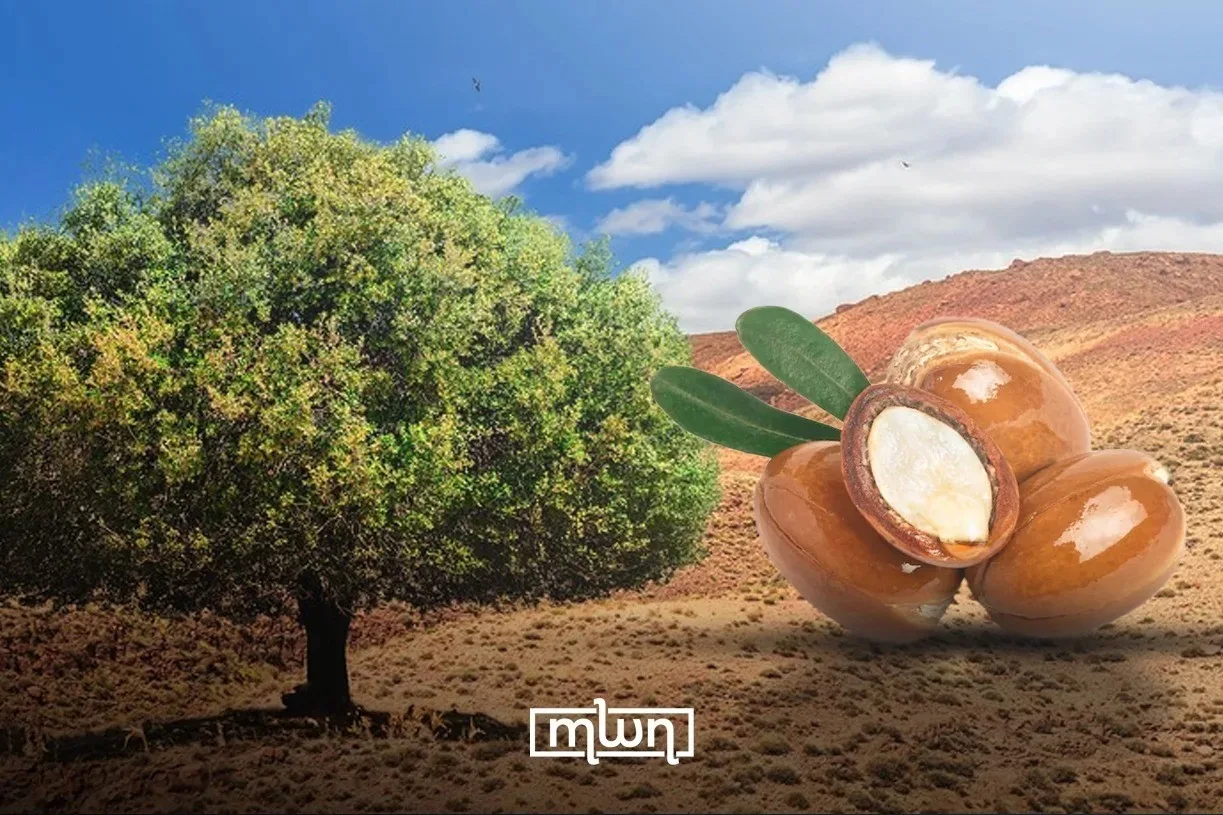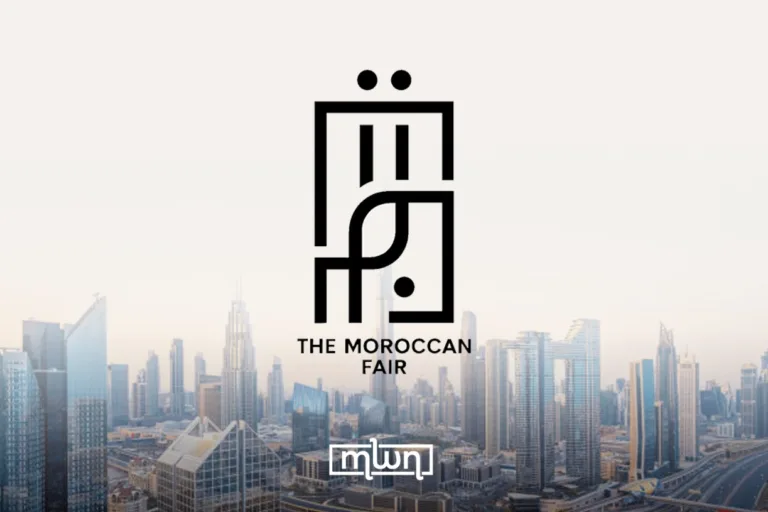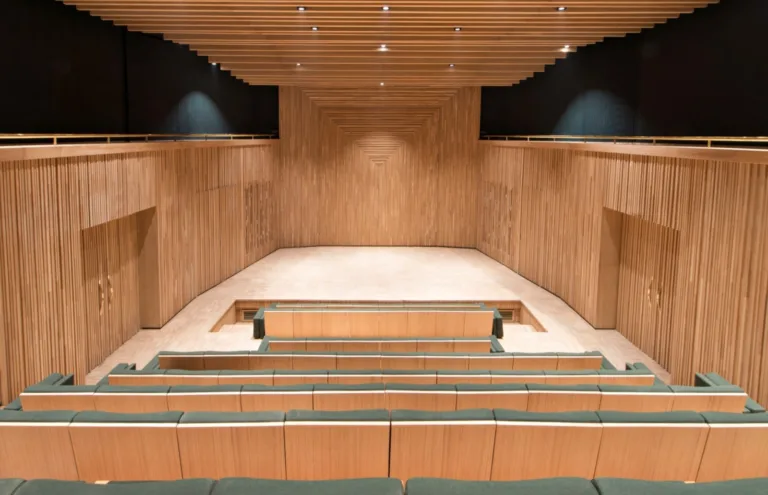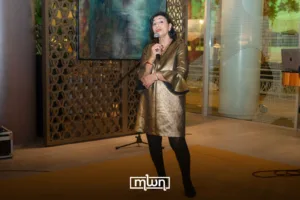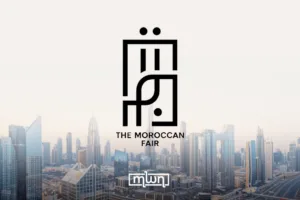Behind every drop of argan oil lies a genetic code, and now scientists have cracked it.
Fez– The argan tree, Morocco’s legendary “tree of gold,” has just given up some of its best-kept secrets.
For the first time, an international research team, including scientists from Morocco’s African Genome Center at Mohammed VI Polytechnic University (UM6P) and Cadi Ayyad University in Marrakech, has produced a detailed genetic map of this iconic species: Sideroxylon spinosum.
Published in the “Scientific Data”, part of the Springer Nature group, the study offers an unprecedented look at the tree’s genetic diversity, oil-producing traits, and ability to withstand environmental stress.
Using advanced PacBio HiFi long-read sequencing and Illumina Hi-C chromosome mapping, researchers assembled two high-precision genome models, one for each parental allele, measuring 636 and 655 megabases, with over 97.8% accuracy.
Each model contains 11 fully assembled chromosomes, matching what is known about the Sapotaceae plant family.
The team identified around 28,000 protein-coding genes in each version, with roughly 60% of the genome made up of repeated sequences, evidence of its genetic complexity.
They also independently mapped the chloroplast genome, an achievement that adds value for future research into the tree’s physiology and oil production.
Comparisons with related species in the Sapotaceae family revealed stable chromosome structures but also some unique expansions in the largest chromosomes.
This high-resolution map is more than a scientific milestone, it’s a practical tool for understanding and protecting one of Morocco’s most valuable natural resources.
A national treasure
The argan tree’s oil is world-famous for its culinary and cosmetic uses, and the industry supports thousands of Moroccan families, especially women who play a central role in harvesting and processing.
By analyzing its genome, scientists can now explore ways to preserve genetic diversity, improve yields, and enhance the tree’s resistance to heat, drought, and overexploitation, all pressing threats to the argan biosphere in southwest Morocco.
“This breakthrough lays the foundation for advanced genetic improvement programs,” the researchers noted, saying that protecting the argan tree is not only a scientific mission but also an economic and social priority.
To ensure transparency and global collaboration, the full genome data is now available through major scientific repositories such as ENA and Zenodo, while detailed protocols and analysis tools have been shared on GitHub.
This open-access approach will allow other scientists to build on the findings, accelerating studies on everything from environmental adaptation to sustainable oil production.
The work also reinforces Morocco’s role as a hub for Africa’s latest and most important research projects. With institutions like UM6P and Cadi Ayyad University taking part in global projects, the country is showing how local expertise can drive discoveries with international impact.
For Morocco’s “tree of gold,” this genetic blueprint marks the start of a new era. With better understanding comes better protection, and perhaps a brighter future for the families, landscapes, and traditions rooted in the argan forests.

